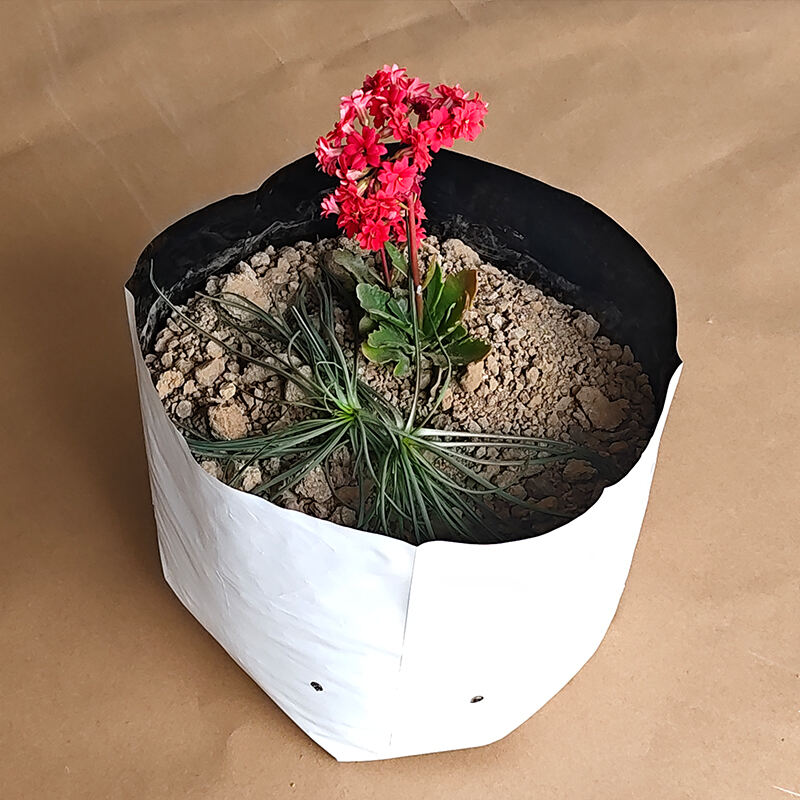red mulch film
Red mulch film represents a significant advancement in agricultural technology, serving as a specialized covering that enhances crop growth and productivity. This innovative agricultural film is manufactured using high-quality polyethylene materials with specific red pigmentation that selectively filters sunlight. The film typically measures between 20-30 microns in thickness and comes in various widths to accommodate different row spacing requirements. Its primary functions include moisture retention, temperature regulation, and weed suppression while specifically enhancing plant growth through light manipulation. The red coloration reflects specific wavelengths of light that promote plant development, particularly beneficial for crops like tomatoes, strawberries, and peppers. The film creates a microclimate that maintains soil temperature stability, crucial for root development and nutrient uptake. Additionally, it features UV stabilizers that ensure durability throughout the growing season, typically lasting 3-4 months under direct sunlight exposure. The material is also designed with micro-perforations that allow for proper water penetration and gas exchange, maintaining optimal soil conditions for plant growth.


